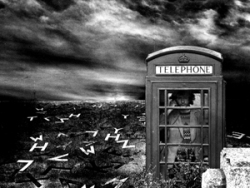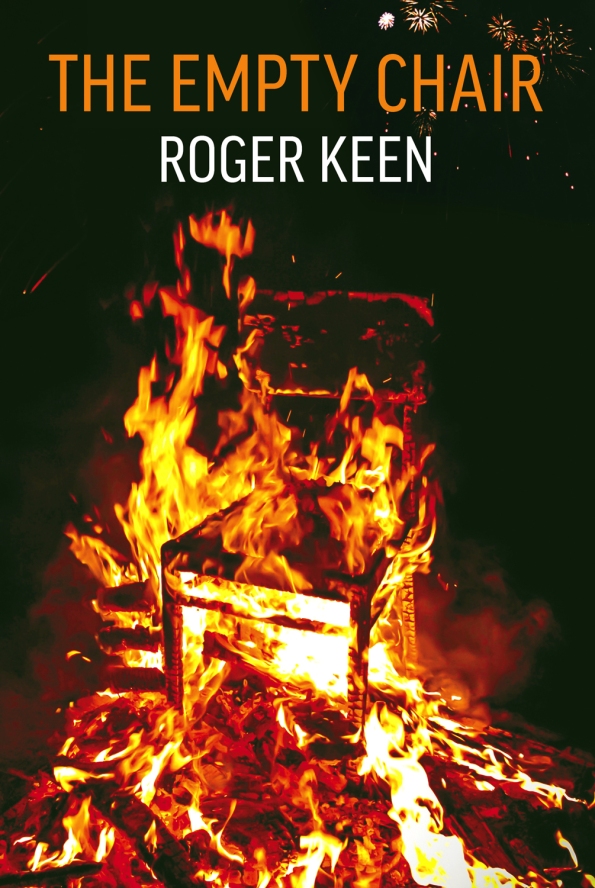Archive
Book Excerpt: Literary Stalker
 The first of three pieces featuring on the prestigious Ginger Nuts of Horror site, this excerpt is taken from Chapter 11 of Literary Stalker, about half way through, dealing with a tipping point in stalker Nick’s obsession where his intent turns nasty. It is set at a fictional horror convention called ‘Medusacon’ in London in 2006, drawing on many convention experiences. It also features cameo appearances from several real-life horror writers: Neil Gaiman, Joe Hill, Kim Newman and Brian Lumley.
The first of three pieces featuring on the prestigious Ginger Nuts of Horror site, this excerpt is taken from Chapter 11 of Literary Stalker, about half way through, dealing with a tipping point in stalker Nick’s obsession where his intent turns nasty. It is set at a fictional horror convention called ‘Medusacon’ in London in 2006, drawing on many convention experiences. It also features cameo appearances from several real-life horror writers: Neil Gaiman, Joe Hill, Kim Newman and Brian Lumley.
Medusacon 2006 was held at a big swish hotel in London’s Docklands, with commanding views of the Thames, Canary Wharf and the pristine Docklands Light Railway providing a cool backdrop to the proceedings. All the ‘usual suspect’ horror, fantasy and sci-fi writers were present, including Stan, Darren, Crimpy, Otto and Darius, together with more illustrious scribes and the Guests of Honour. Film critic and writer Kim Newman attended, in Victorian Gothic mode as usual, with his long flowing hair and full moustache, silk waistcoat and cravat. Horror veteran Brian Lumley enlivened the atmosphere, looking awesome in a white suit and shirt with silver collar tips, and a leather bolo tie and ornate aiguillette around his neck. And horror newcomer Joe Hill floated around enigmatically, with his jet black hair and equally jet black full beard, having recently come out as the son of Stephen King. I liked the look of him, but of course he was married and straight. And besides I was after bigger fish, as the Guests of Honour were Neil Gaiman and the man himself: Hugh Canford-Eversleigh.
Read more on: The Ginger Nuts of Horror
The Real Literary Stalkers
 Guest post for Morbidly Beautiful, on a subject that I’ve had in mind for some considerable time, as there is a wealth of interesting material, and it ties in well with the story in Literary Stalker.
Guest post for Morbidly Beautiful, on a subject that I’ve had in mind for some considerable time, as there is a wealth of interesting material, and it ties in well with the story in Literary Stalker.
Stephen King constructed the most famous fictional literary stalker ever, in his novel Misery. But he had several real ones too!
Find out more about the stalking of Stephen King, Peter James, James Lasdun and other authors. Morbidly Beautiful have done an excellent job with the layout, text headings and quotes, and have furnished a wealth of great photographs.
My novel Literary Stalker constructs a fictional scenario where a writer/fan becomes embittered by a series of negative encounters with others in the writing game, and in one particular case he tips over into becoming a stalker, heading inexorably towards bloody revenge.
In fiction, a variation on this theme has been explored most famously by Stephen King, who gave us literary stalker Annie Wilkes in Misery, and brought to life every paranoid writer’s worst nightmare. But what about in real life? Are there actual literary stalkers out there, preying on illustrious scribes? You bet there are!
Read more on Morbidly Beautiful










